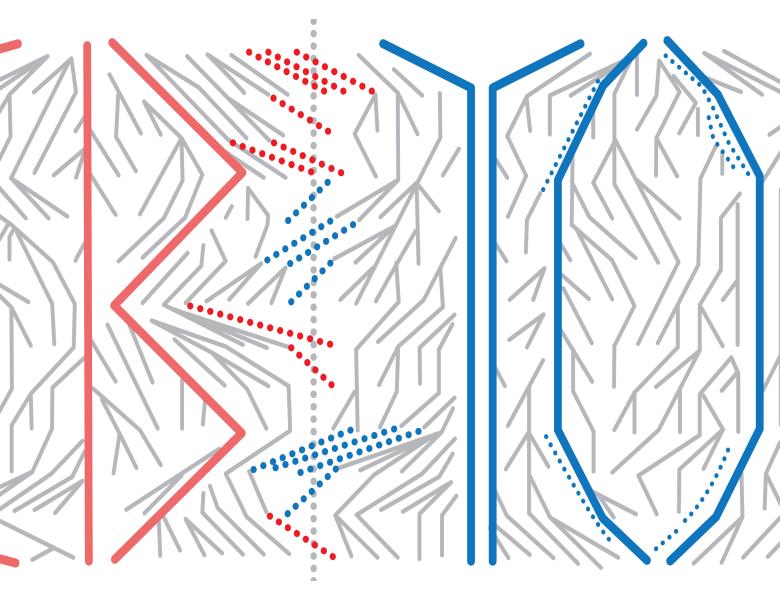
Abstract
Environmental change can drive a population extinct unless it succeeds in adapting to the new conditions. How likely is a population to win the race between population decline and adaptive evolution? Previous models have addressed this issue in a panmictic population. In our study, we assume that environmental degradation progresses across a habitat, allowing for temporal refuges. We analyze the impact of several ecological factors on the probability of evolutionary rescue in this case, such as: (1) the strength of the population structure, (2) the speed and severity of the environmental change, (3) the influence of density-dependent competition, (4) the relative contributions of rescue from standing genetic variation and from new mutations. Our analysis is based on the mathematical theory of time-inhomogeneous branching processes. We find that in the interplay of various, partially antagonistic effects, the probability of evolutionary rescue can show nontrivial and unexpected dependence on ecological characteristics. In particular, we generally observe a nonmonotonic dependence on the migration rate between islands. Counterintuitively, under some circumstances, evolutionary rescue can occur more readily in the face of harsher environmental shifts, because of the reduced competition experienced by mutant individuals. Similarly, rescue sometimes occurs more readily when the entire habitat degrades rapidly, rather than progressively over time, particularly when migration is high and competition strong.
Joint work with Hildegard Uecker and Sally Otto; Uecker et al., AmNat 2014


